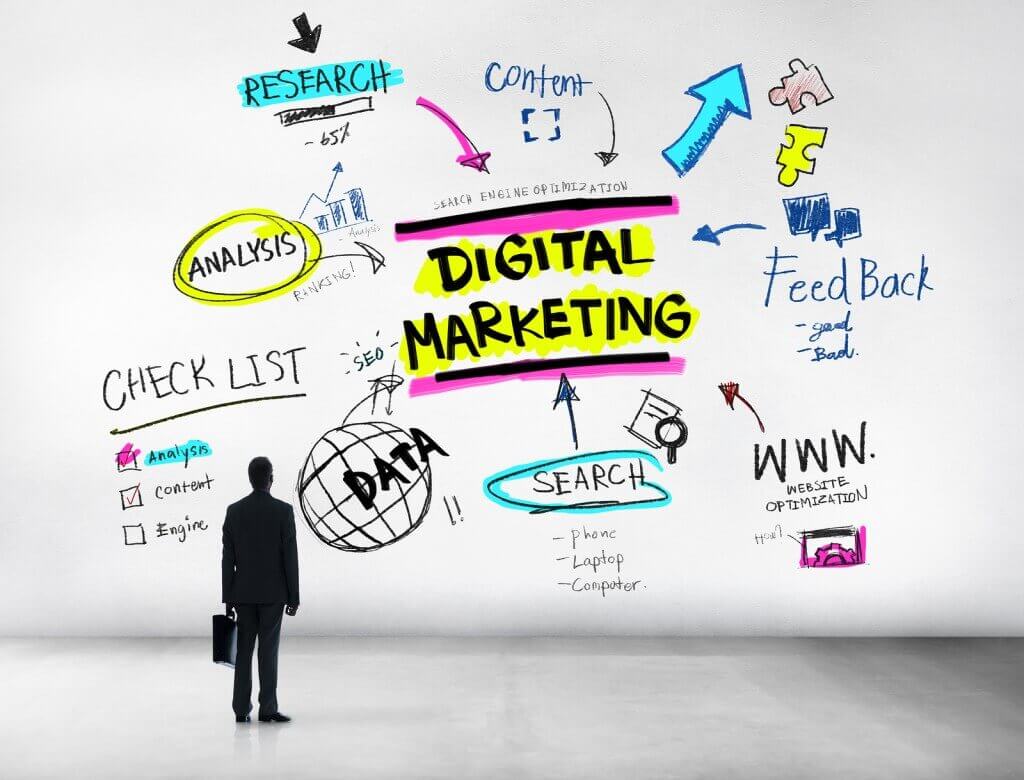
A successful digital marketing plan for your hotel in 2019 needs to be centered around your guests, potential guests, past guests, meeting planners, followers, clients, Millennials, Baby Boomers, and Gen X.
With all of these people to reach and engage, how in the world do we do it?
It is all about creating the best possible experience from the top of the booking funnel, through conversion, to the property experience and beyond. It includes web, mobile, social media, paid, and organic efforts.
Leisure Travelers Continue to Evolve How They Make Travel Decisions
A study by Fuel Travel and Flip.to reveals your typical leisure traveler who used to visit around 38 sites before booking (Expedia Media Solutions study 2015) now only visits 4.4 sites per decision. Which 4-5 sites is this traveler using and how do we improve our booking odds?
We have to take a step back and understand what we are trying to achieve and understand if we are applying the necessary resources to create a desirable experience for our guests to book with us directly and spend money in our outlets. We need to, internally and externally, target guests to support our digital efforts in person to further engagement with our message.
Now more than ever, it is crucial for hotels to actively target, capture, and engage guests by building an engine that drives not only our revenue, but also our messaging, and branding. It includes online and in-house efforts that support and execute our marketing and sales efforts and it is always evolving.
Hoteliers Need to Adapt to a Changing Digital Landscape
The digital landscape changes at a pace that seems to reinvent itself every few years. Right now, over 63.5% of bookings are made online – 30% of which are done through booking engines like VRBO, Expedia, and Airbnb. Just a few short years ago, we did not have to worry about someone renting out their apartment. Now, rental inventories are skewing traditional supply and flooding markets with additional inventory.



